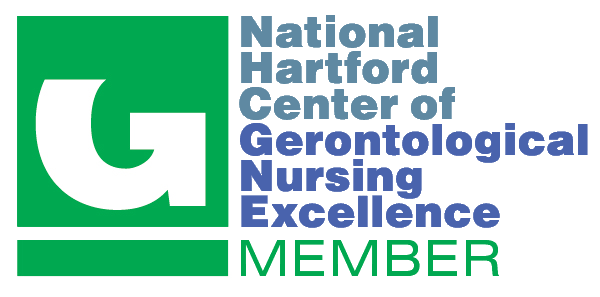Doctor of Nursing Practice Program
Kelsey Pope, DNP, MEd, MSN, ARNP, PMHNP-BC

-
Committee Chair Name & Credentials:
Karen Hande, PhD(c), DNP, APRN, CNE, ANP-BC, FAANP, ANEF
DNP Project Abstract
Implementation of an Evidence-Based Tool in an Adult Psychiatric Clinic to Improve Suicide Screening
Purpose
Suicide is a leading cause of death in the United States, yet it is preventable with comprehensive public health measures. Leading health organizations recommend routine suicide screening in healthcare settings. Pope Psychiatry, PLLC is an outpatient psychiatric clinic in Washington that was not utilizing a validated screening tool to identify patients at-risk for suicide. The purpose of this project was to improve suicide prevention measures amongst patients at Pope Psychiatry, PLLC by increasing the percentage of patients being assessed for suicide with a validated screening tool.
Methods
This quality improvement project followed the Plan-Do-Study-Act method. The Columbia-Suicide Severity Rating Scale (C-SSRS) Screener Self-Report was implemented at patient visits from December 1, 2022 through January 6, 2023. Data collection included the number of patient appointments and the number of patients who were screened for suicide using the C-SSRS Screener Self-Report. Improvement was measured by counting the C-SSRS Screener Self-Reports completed through weekly chart reviews and dividing the total by the total number of patient visits in the specified time period.
Results
170 (65.64%) patients were screened with the C-SSRS Screener Self-Report, & 89 (34.36%) patients were not screened with the C-SSRS Screener Self-Report. The percentage of patients being assessed for suicide with a validated screening tool increased from 0% to 65.64% within a six week period.
Implications for Practice
The C-SSRS Screener Self-Report is an accessible, feasible tool to implement in the clinical setting. Utilization of the tool augmented clinician’s assessment and improved suicide screening by identifying at-risk patients. The next step for this project is to reduce administrative duties and improve compliance by having the form auto-populate in the patient’s portal as the appointment is scheduled.




